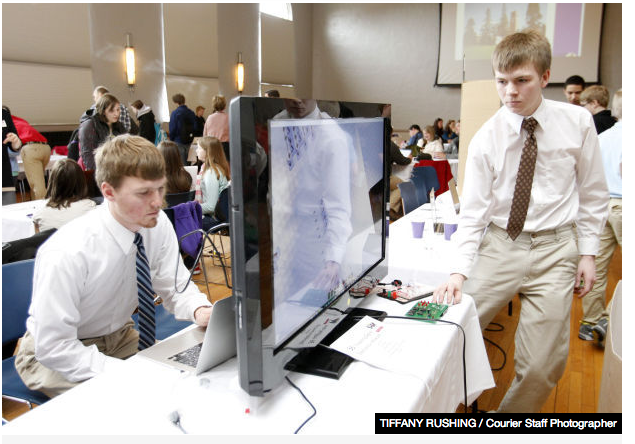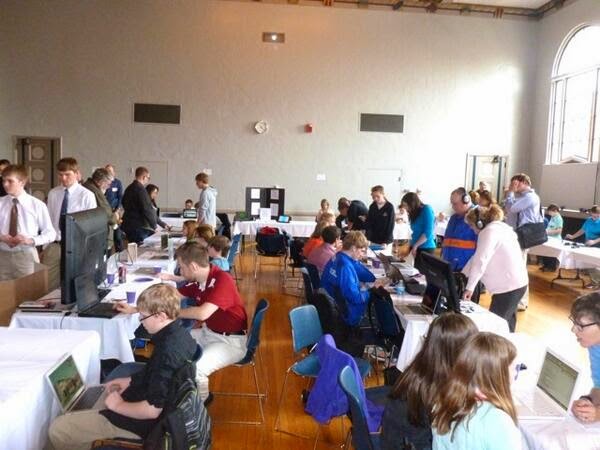Every Sunday at 8:00 (except 6/8/14), the gang from #IAedchat get together and hold a discussion between educators. The topics vary and the formats vary (sometimes include video broadcast) but the excitement remains the same.
Administrators, educators, parents and interested professionals from across Iowa and across the nation get together to discuss education and, more specifically, the topic of the day.
Get involved in this!!! You can learn about #IAedchat by visiting these sites:
- #IAedchat wiki - This is where it all begins
- IowaTransformED - Good intro to #IAedchat by Shawn Cornally
- #IAedchat Storified - Aaron Becker captured each of the TweetChat sessions using Storify. You can experience sessions gone past right here. Maybe you want some specifics about something that you remember from a previous session - Storify.
Even after telling you about the 8:00 weekly sessions, I found out that it will begin at 7:30 this week. Word has it that #IAedchat will join with an Iowa Math Organization so they will be able to discuss "Math in America."
Join us for #IAedchat tomorrow morning at 8 am CST as we discuss "Math In America" We return at 7:30 pm CST & join #Edchatri for a duo chat.
— Jimmy Casas (@casas_jimmy) June 8, 2014
Here are the Steps for Getting Involved with the Math in America discussion on Sunday.- Turn on your computer at 7:15 on Sunday night
- Open browser and go to http://tchat.io (This is a TweetChat tool. There are others, but I find this to be the most efficient.)
- Sign in (upper right corner)
- Enter the hashtag #iaedchat
- You will probably see older tweets. The number at the right of a tweet (i.e., 1:09) will tell you how long ago the tweet was posted.
- Play with it a little bit. Post tweets (remember that tchat.io will enter your hashtag automatically after you sign-in.)
- Click on the icons to the right of a posting (Reply, Retweet, Quote, Favorite)
- As people begin to appear, greet them with "Hello @casas_jimmy" or whoever appears.
- As the session begins, you will see the coordinators posting questions for the whole group to answer. Post your own questions.

This can get a little overwhelming because it will probably become impossible to read all of the posts, much less answer them. It is OK to lurk for a while. You will be successful if you 1) identify a few people and respond/converse with them and 2) find a few new people to follow on Twitter.
Most importantly, you want to have fun and see how your PLN can expand by attending a session like this at least a couple of times per month.Share with us your past experiences with #IAedchat or come back and talk with us after this session.
Z






